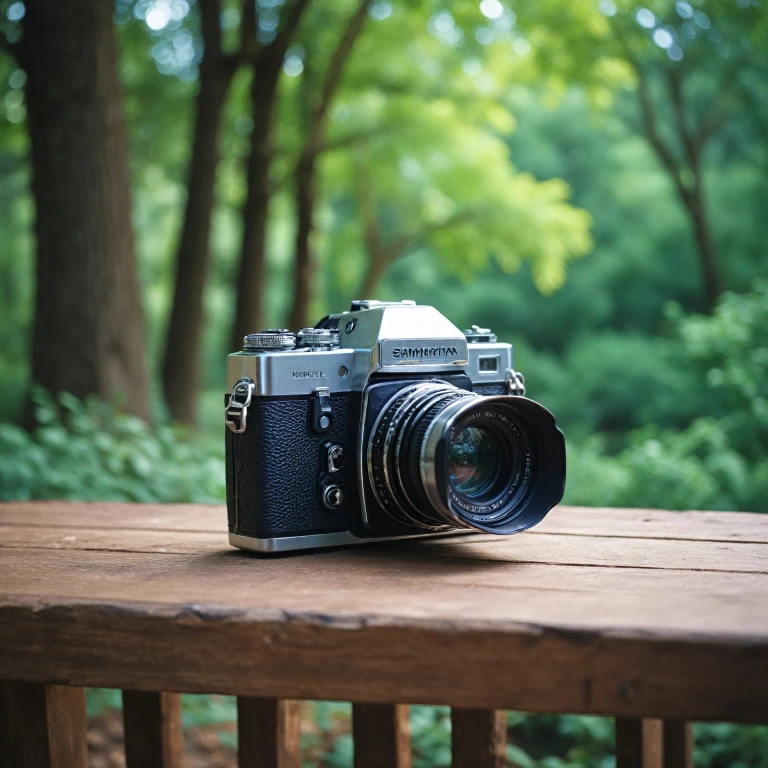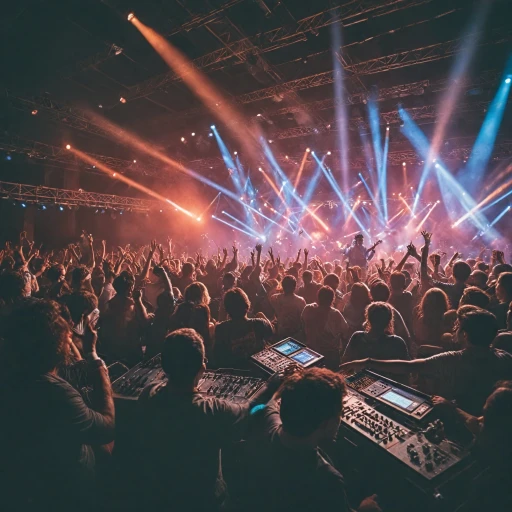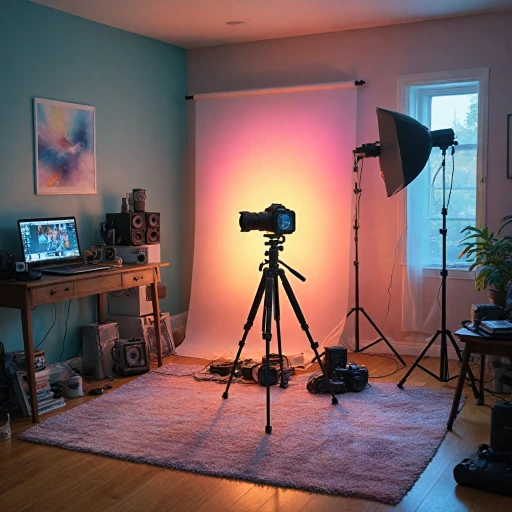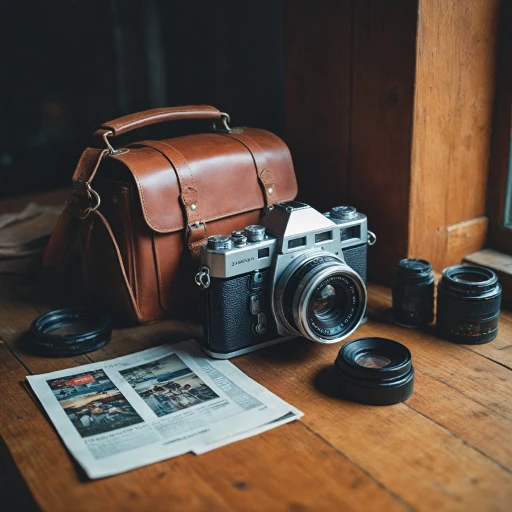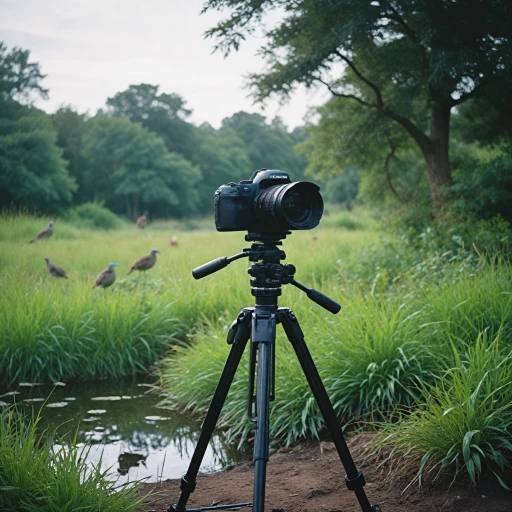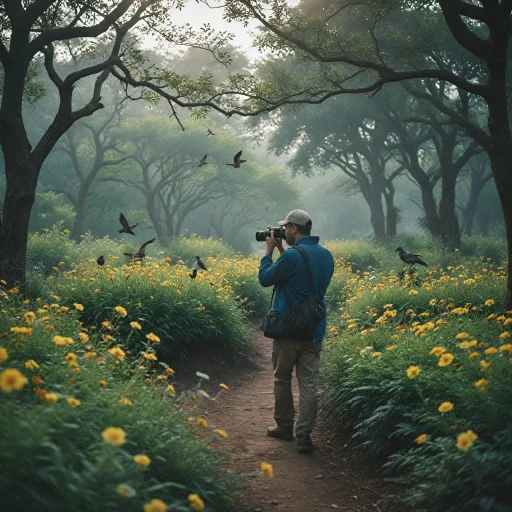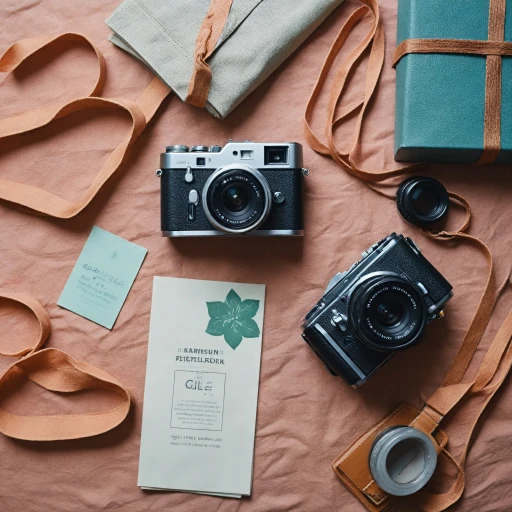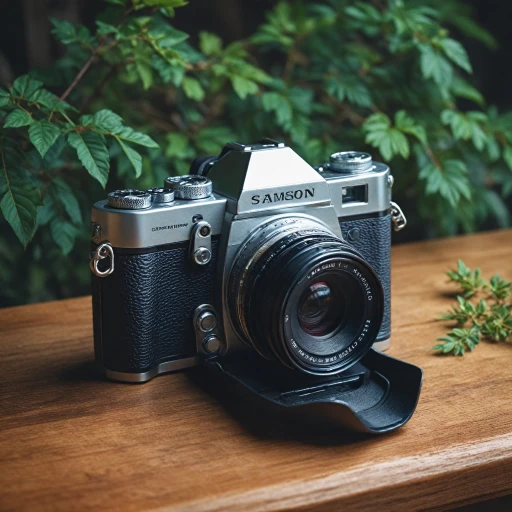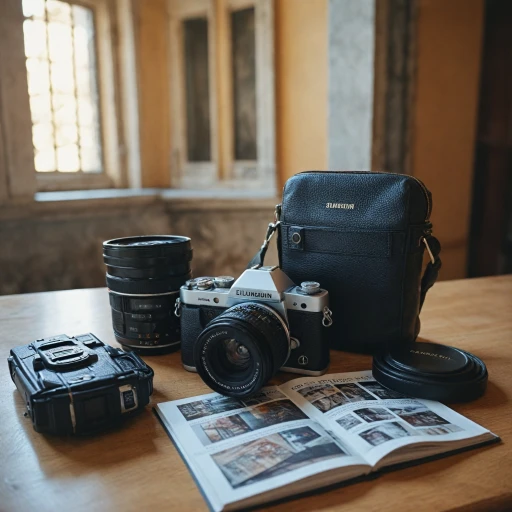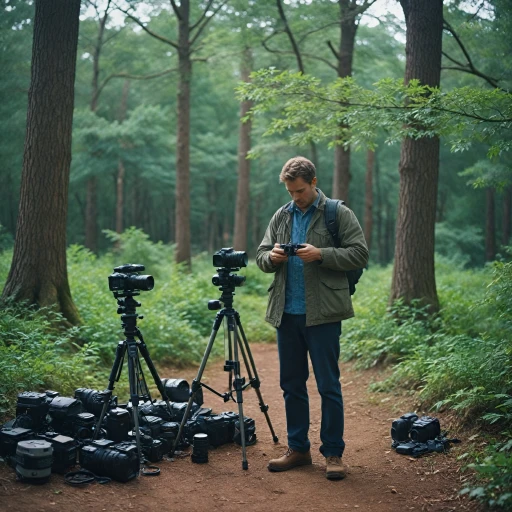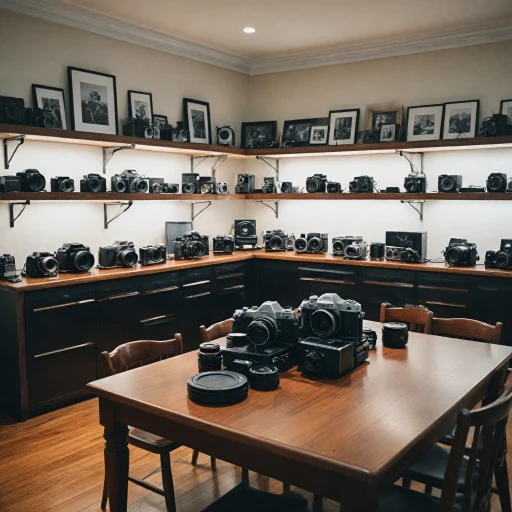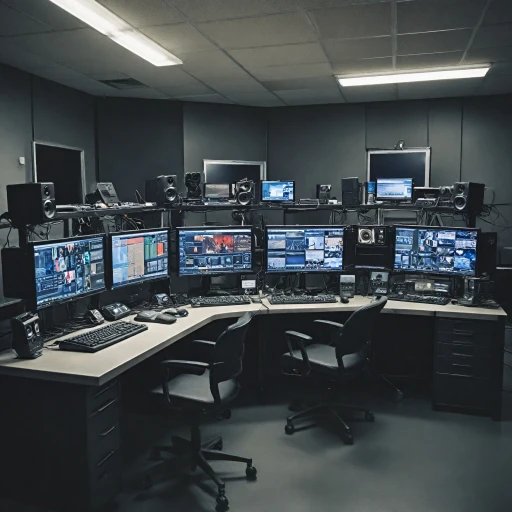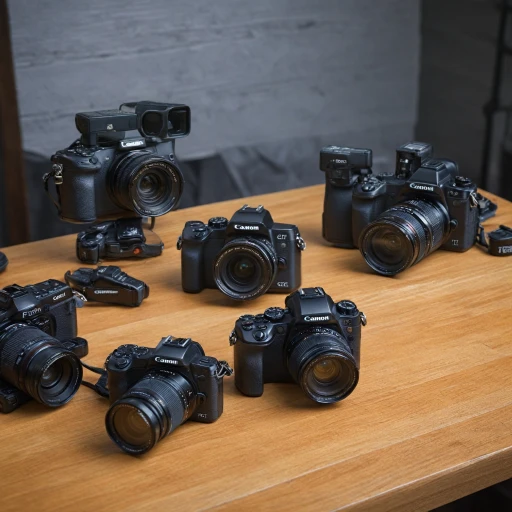
Understanding the Mamiya 7II: A Brief Overview
Exploring the Unique Architecture of the Mamiya 7II
When delving into the world of film cameras, the Mamiya 7II often emerges as a distinctive choice due to its remarkable attributes. As a medium format rangefinder, this Mamiya camera presents a unique blend of features that intrigue both seasoned photographers and newcomers. The Mamiya 7II sets itself apart with its medium format film capability, allowing for exceptional image quality and detail. Its large format roll film produces photographs with crisp, dynamic range, unmatched by smaller formats. This is particularly advantageous for genres like landscape photography where clarity and detail are paramount. One cannot overlook the design of the Mamiya 7II’s external viewfinder, as it provides an alternative to the typical SLR experience. Unlike the Leica or Pentax systems, this rangefinder camera system focuses without the typical mirror and pentaprism arrangement. Instead, its rangefinder focus mechanism ensures precise focusing, albeit requiring some adaptation for those accustomed to digital cameras. The Mamiya lenses complement this system perfectly. The camera supports a selection of Mamiya lenses, each with characteristics tailored to different shooting scenarios. Whether you’re using a wide angle lens for expansive vistas or a mamiya lens perfect for portraitures, each provides a distinctive photographic voice. Furthermore, the leaf shutter mechanism embedded in the Mamiya 7II lenses offers benefits such as faster flash synchronization. For those still enamored with the tactile appeal of film, brands like Kodak Portra continue to pair beautifully with this camera, yielding brilliant color and texture. While the discussion of the Mamiya 7II often leads to comparisons with digital counterparts, its design holds intrinsic value. Some photographers find that the absence of electronical automation enriches their photography week, demanding more intent and interaction from the user. In a world increasingly dominated by digital innovation, understanding cameras like the Mamiya 7II provides an enriched perspective on photography, from the deliberate process of setting shutter speed to optimizing focus. For those interested in expanding their photography toolkit, exploring options like integrating camera equipment with spotting scopes can also enhance creative work. It’s necessary to consider how traditional techniques mesh with modern technology, granting photographers a broader canvas. Enhance your photography toolkit with adapters and other elements to maximize the scope of your captures.Comparing the Mamiya 7II to Modern Digital Cameras
The Distinct Experience of the Mamiya 7II
When comparing the beloved Mamiya 7II with modern digital cameras, it's crucial to first understand the unique qualities this film camera offers. The Mamiya 7II is a medium format rangefinder camera that delivers extraordinary resolution and tonality that digital cameras often strive to achieve, thanks to its use of 120 roll film. Modern digital cameras boast conveniences such as automatic focusing, advanced metering systems, and immediate image previews. Yet, the Mamiya 7II provides photographers with a distinctive creative process and a tactile involvement that digital cameras cannot completely emulate. This is largely due to factors like the manual operation of the leaf shutter and the use of an external viewfinder, which require the photographer's full attention and patience.The Lens Advantage
A significant advantage of the Mamiya 7II over contemporary digital options lies in its lenses. The Mamiya lenses are renowned for their edge-to-edge sharpness and minimal distortion, especially when shooting wide angle scenes. Such characteristics make them ideal for landscape photography, where detail and accuracy are paramount. In contrast, digital cameras often require complex post-processing to achieve comparable results.Comparative Challenges and Rewards
While digital cameras offer the ease of advanced technology and instant feedback, the Mamiya 7II challenges photographers to slow down and deliberate each frame, offering a rewarding experience in return. The slow process of capturing images with film demands meticulous consideration of variables like shutter speed and exposure, creating a more mindful photography experience. In conclusion, while the Mamiya 7II provides a contrastingly manual and engaging journey compared to digital photography, its unique characteristics continue to inspire and captivate photographers. For those eager to explore its offerings further, thoughtful gifts for photography enthusiasts could include experiences or tools that enhance their journey into the world of film photography. By integrating these perspectives, photographers can enjoy a more rounded view of both film and digital realms.The Role of Medium Format in Digital Photography
Medium Format Cameras in the Digital Age
In recent years, digital photography has evolved dramatically, with the transformation largely centered around digital sensors and the convenience they offer. However, medium format cameras like the Mamiya 7II continue to hold a unique place in the photography world. Many photographers appreciate medium format film cameras for the unparalleled detail and dynamic range they provide. Medium format photography stands out primarily due to the size of the film—which, in the case of the Mamiya 7II, is larger than what conventional 35mm cameras use. The benefit here is greater image resolution and the capability to capture intricate details that other formats may miss. Additionally, the Mamiya 7II, a well-regarded rangefinder camera, offers photographers a viewfinder experience that some argue provides a more intimate interaction with subjects. Mamiya lenses, especially the wide-angle options, are lauded for their optical excellence, pushing the boundaries of what medium format photography can deliver. Landscape photography, in particular, benefits from this, as the larger film captures every nuance of a scene, offering an almost tridimensional quality. Light and shadow play a critical role in any photographer’s work, and the large format of the Mamiya 7II is especially adept at registering subtle variations. The leaf shutter mechanism built into these lenses allows for flash synchronization at all shutter speeds, offering photographers greater creative flexibility. While digital sensors have made strides in replicating some of the qualities of medium format film, many purists argue that film's organic grain, tonal transition, and color rendition—such as you get with timeless rolls like Kodak Portra—remain unmatched. The tactile workflow, from loading a roll of film to the gentle click of the Mamiya shutter, adds a tangible layer to photography often lost in the digital realm. For those looking to compare the substantial differences in format and functionality between the Mamiya 7II and modern options, it's useful to explore dedicated comparisons that highlight unique attributes and applications of both systems. Understanding these distinctions helps appreciate the distinct role medium format plays in the ever-evolving landscape of digital photography.Advantages of the Mamiya 7II for Photographers
Enhancing Your Photography with a Unique Lens
In today's world of digital cameras, the Mamiya 7II stands out for its distinct qualities that offer photographers a rare artistic experience. Unlike the compact digital cameras prevalent in the market, the Mamiya 7II, with its medium format capabilities, provides extraordinarily high image quality, especially in landscape photography. The camera's rangefinder design sets it apart too, offering precise manual focus and the ability to pair with exceptional Mamiya lenses.
Unparalleled Image Quality
The Mamiya 7II uses medium format film, which is significantly larger than the sensor formats found in most modern digital cameras. This allows for incredible resolution and detail, a crucial aspect not just for professional reviews but for personal enjoyment in the art of photography. The large format size, coupled with Kodak Portra films’ subtle color rendition, results in impeccable image quality that digital sensors often strive to replicate.
Unique Shooting Experience
One of the Mamiya 7II's notable characteristics is its interchangeable lens system, including a wide-angle lens that is perfect for grand landscapes. This versatility means photographers can choose the perfect Mamiya lens for each specific shot, truly allowing one to tailor the camera to their needs. The experience of looking through an external viewfinder also provides a different perspective from digital viewfinders and screens.
Reliable Mechanics
The Mamiya's leaf shutter system offers precise shutter speeds, enhancing the camera's potential in varied lighting situations. This mechanical reliability is cherished by film camera enthusiasts who appreciate the tactile nature of working with film. Moreover, the camera’s meter system accurately reads light exposures, an essential feature for producing consistently high-quality photographs, particularly when using a camera Mamiya.
Challenges of Using the Mamiya 7II in a Digital World
Overcoming the Hurdles of Hybrid Shooting
Using the Mamiya 7II in today's digital world presents unique challenges that may require a shift in mindset for photographers accustomed to modern conveniences. It's true that this legendary film camera offers outstanding image quality, especially in landscape photography, but it does not come without its hurdles.
Navigating the World Without Instant Feedback
One such challenge is the absence of instant feedback. Unlike digital cameras, film cameras like the Mamiya 7II do not allow you to immediately review your shots. This requires a deeper understanding of exposure, composition, and light metering through a rangefinder camera. The patience required to wait for film development can be rewarding, but it might frustrate those who thrive on instant results.
Managing Film Supplies and Costs
While digital photography eliminates the need for physical media, film cameras demand a steady supply of film rolls. Choosing the right film can be an art itself, with options such as Kodak Portra offering vibrant color renditions. The ongoing cost of film and development is something to consider, as it contrasts sharply with the virtually limitless cost-free shooting digital cameras allow.
Mastering Manual Settings
The Mamiya 7II does not come with many automatic settings found in modern cameras. Photographers must skillfully manage variables like shutter speed, aperture, and focus manually. This can be especially challenging when switching back and forth between a film format and the ease of digital controls. Yet, it trains you to become a more thoughtful and deliberate shooter.
Weight and Portability Considerations
Despite its impressive optical performance, the Mamiya 7II isn't the most compact choice when compared to pocket-sized digital models. Its size can make it less appealing to those who prioritize portability. Additionally, filmmakers must carry extra lenses and an external viewfinder, further adding to the load.
The Mamiya 7II's challenges are intrinsically linked to its format and mechanics—a contrast to the digital ease of brands like Leica and Pentax. Still, the rewards of working with such a distinguished camera could outweigh these obstacles for those enticed by its medium format capabilities.
Tips for Maximizing the Potential of the Mamiya 7II
Unlocking the Full Potential of Your Mamiya 7II
Using the Mamiya 7II in today's digital photography world can be a rewarding experience if you know how to maximize its capabilities. Here are some practical tips to help you get the most out of this unique medium format camera.
Choose the Right Film
The choice of film can significantly impact the quality of your images. Consider using Kodak Portra for its excellent color reproduction and fine grain, which is ideal for portrait and landscape photography. Experimenting with different films can also help you discover the unique characteristics that each brings to your photography.
Master the Rangefinder
The Mamiya 7II is a rangefinder camera, which means it requires a different focusing technique compared to digital cameras. Spend time practicing with the rangefinder to improve your accuracy. This will help you achieve sharper images and better compositions.
Utilize Mamiya Lenses
Investing in quality Mamiya lenses can enhance your photographic work. The Mamiya 7II offers a range of lenses, including wide-angle options that are perfect for capturing expansive landscapes. Each lens has its own characteristics, so understanding their strengths will allow you to choose the best one for each situation.
Understand Shutter Speed and Aperture
While the Mamiya 7II features a leaf shutter, understanding how to control shutter speed and aperture is crucial. This knowledge will enable you to manipulate light and depth of field effectively, giving you more creative control over your images.
Use an External Viewfinder
For more precise framing, especially when using wide-angle lenses, consider using an external viewfinder. This accessory can help you visualize the scene better, ensuring that you capture exactly what you intend.
Regularly Review Your Work
After each shoot, take the time to review your images. This will help you understand what works and what doesn't, allowing you to refine your technique. Over time, this practice will lead to better results and a deeper understanding of the Mamiya 7II's capabilities.
By following these tips, you can harness the full potential of the Mamiya 7II, blending the timeless quality of film with the demands of modern photography.
